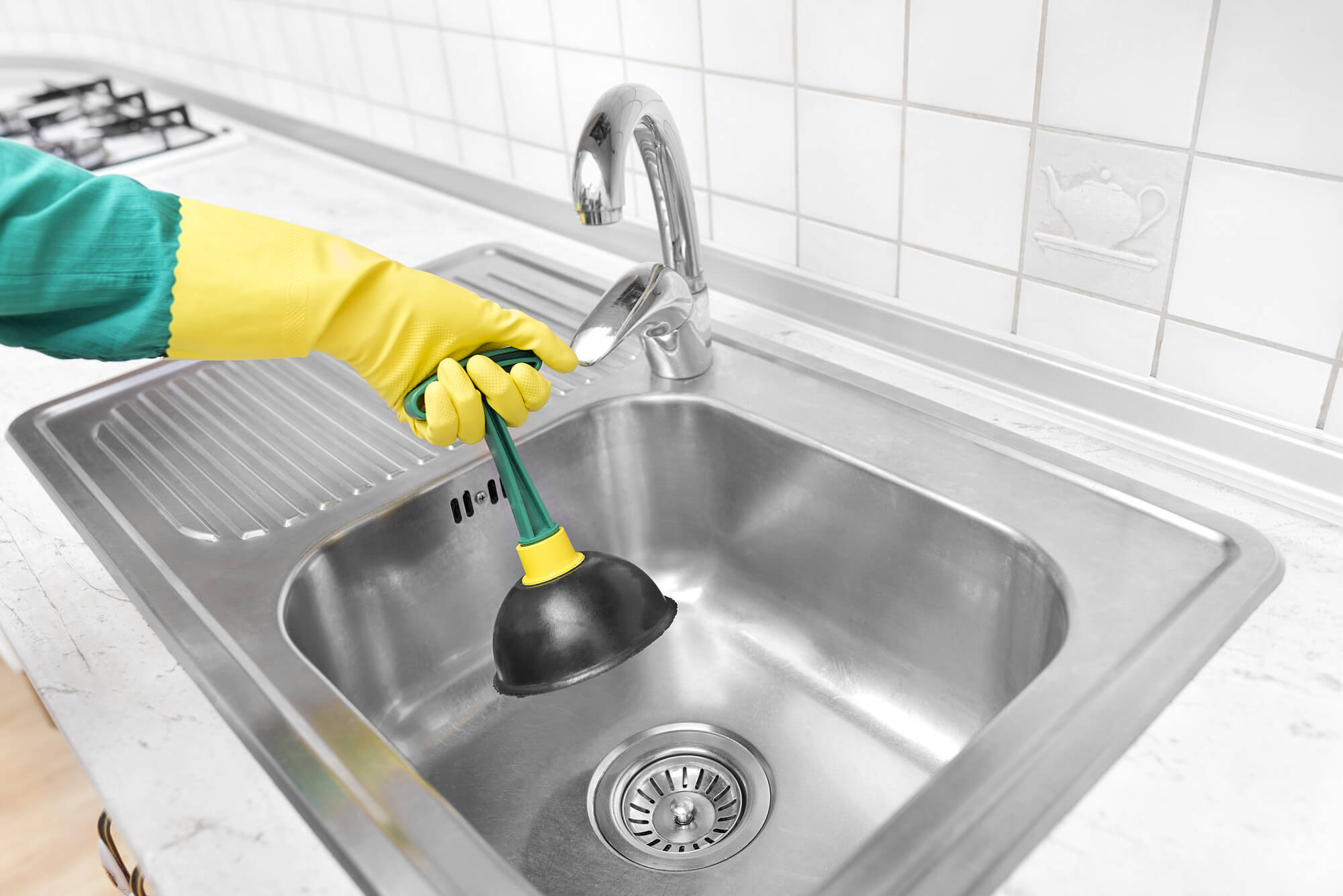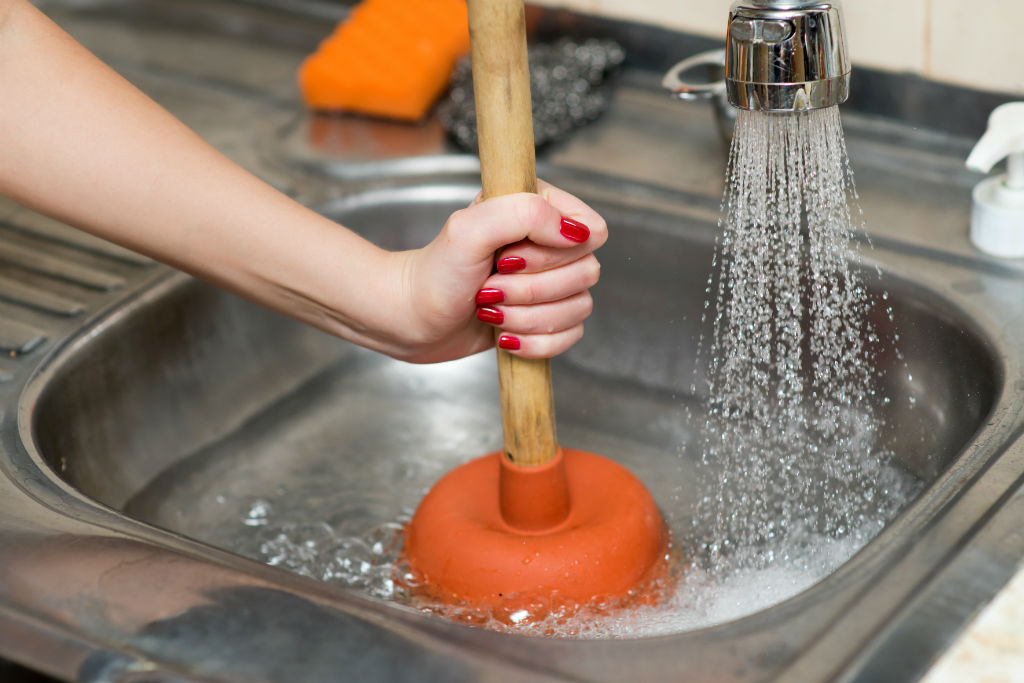On this page underneath you'll find lots of excellent guidance all about Solved! How to Fix a Slow Sink Drain.

Intro
We have actually all existed: You're cleaning your teeth or cleaning your hands, and you discover the water pooling in the sink. As opposed to swiftly swirling down the tubes, it sticks around, transforming your once-refreshing early morning routine right into a mini overload scene. A slow-draining sink isn't just annoying; it's frequently an indicator of bigger pipes concerns prowling under the surface area. The good news is that a lot of slow-draining sinks can be fixed with a little knowledge, a couple of basic devices, and some patience. Prepared to tackle this project head-on? Allow's roll up our sleeves and dive right in.
Recognizing the Sources Of a Slow-Draining Sink
Before you begin poking around in your pipelines, it assists to understand what may be causing the downturn. Recognizing the origin makes it simpler to pick the best repair.
Usual Wrongdoers Behind Slow Drainage
So, what's obstructing things up? Normally, it's a mixture of daily particles-- assume hair, soap scum, toothpaste residue, and remaining food particles. Over time, these tiny bits build up and cling to the pipeline walls, slowly tightening the flow and making it harder for water to pass through. In many cases, mineral deposits from difficult water can likewise contribute to the crud, developing the ideal tornado for persistent obstructions.
When is it Time to Do Something About It?
If you notice the water draining pipes slower than common, it's a great idea to intervene quicker instead of later on. Waiting as well long could lead to complete obstructions, undesirable odors, or even pipeline damages. If the water takes greater than a couple of seconds to clean out after switching off the tap, consider it a warning and prepare to place on your do it yourself hat.
Devices and Materials You'll Require
The right devices make all the difference. Thankfully, you will not require a completely equipped plumbing technician's van to get the job done.
Crucial Tools for DIY Repair Works
A plunger is your go-to beginning point. A tiny, sink-sized plunger develops suction that can displace small obstructions. For even more persistent blockages, a drain snake (sometimes called a plumbing's auger) works wonders. A set of handwear covers, a flashlight, and possibly a pair of protective safety glasses are likewise helpful.
Advised Cleaning Solutions
Moderate dish soap and warm water can assist break down greasy build-up. A combination of baking soft drink and vinegar is a time-tested natural remedy, and chemical cleansers use an even more green technique. Keep chemical drainpipe cleaners as a last resort, as they can be extreme on your pipes.
Safety First: Precautions and Preparations
Before you launch into unclogging mode, consider safety and security. You're managing possibly unclean water and debris, so slip on a set of gloves. If you're utilizing chemical cleaners, ensure the area is well-ventilated and comply with the directions on the label.
Protective Equipment and Office Setup
Put down some old towels or rags around the sink area to catch dashes. Clear away any type of items that may enter your method, like soap dispensers or toothbrush holders. Make certain you have great lights-- order a flashlight if needed.
Step-by-Step Overview to Repairing a Slow-Draining Sink
Currently, allow's get involved in the nitty-gritty. This step-by-step procedure will certainly assist you through basic techniques to recover your sink's drainage.
Action 1: Eliminate and Tidy the Stopper
Commonly, the stopper (that small plug you lower to block water) is the first perpetrator. Remove it carefully and clean off any kind of hair or gunk caught around its base. Rinse it completely prior to placing it back in position.
Action 2: Utilize a Plunger to Dislodge Particles
Got that plunger all set? Position it over the drain and provide it a few firm pumps. The idea is to produce suction that can loosen up any kind of obstruction. If you see bits of particles floating up, you're on the best track.
Action 3: Attempt a Drain Serpent or Wire Hanger
If the bettor doesn't do the trick, it's time to draw out the drain snake. Carefully feed it right into the drain and spin as you go. You might feel some resistance-- that's likely the blockage. Maintain turning and pulling till you get rid of the obstruction. If you do not have a drain serpent, a straightened out wire hanger can operate in a pinch.
Step 4: Apply a Do It Yourself Drainpipe Cleaner
An all-natural cleaner made from baking soda and vinegar can break down residual gunk. Pour half a mug of cooking soft drink right into the drain, adhered to by half a mug of vinegar. Let it fizz for about 15 minutes, then flush with hot water. This chemical reaction often does marvels for minor clogs.
Step 5: Reassemble and Test the Sink
Put every little thing back together and run the tap. Does the water currently swirl down the tubes at a commendable speed? If yes, give on your own a pat on the back. Otherwise, don't despair-- there are still a couple of more dress up your sleeve.
Different Approaches for Stubborn Clogs
Not all blockages are created equal. If your sink still refuses to cooperate, think about these different options.
Sodium Bicarbonate and Vinegar Approach
We already discussed this, yet it's worth noting once more. This mild, environment-friendly method is more secure than chemical cleaners and usually fairly efficient.
Enzymatic Drain Cleaners
Enzyme-based cleaners use natural germs to absorb organic matter. They're an outstanding choice if you're seeking to avoid severe chemicals. Simply remember, they may take a bit longer to function their magic.
Chemical Drainpipe Cleansers: Pros and Cons
Chemical cleansers can blast through tough clogs fast, but they're not without disadvantages. They can create heat and fumes, damages pipes if utilized excessively, and position ecological threats. Use them sparingly, and always adhere to the directions meticulously.
Safety Nets to Maintain Your Sink Flowing
Prevention is the most effective remedy. By embracing a few basic practices, you can keep your sink from reducing in the first place.
Normal Cleansing Practices
Clean down the sink container and fixture location consistently. Eliminate hair or food bits before they have a chance to wash down the drainpipe.
Preventing Dangerous Materials Down The Tubes
Reconsider before unloading coffee grounds, oil, or fibrous vegetable scraps down the sink. These culprits cling to pipeline wall surfaces, producing clogs with time.
Regular Upkeep Checks
Arrange a quick monthly evaluation. Run warm water with the sink for a few minutes, taking note of the flow. If it appears slow, act quickly before it ends up being a full-blown obstruction.
When to Call an Expert Plumber
Often, regardless of just how hard you try, that block simply will not move. That's when it's time to generate the pros.
Indications That Suggest a More Serious Concern
If your sink drains pipes slowly in spite of numerous attempts, or if you discover water supporting in various other components (like your shower or toilet), you may have a more serious plumbing issue lurking deeper in the system.
Stabilizing Do It Yourself Efforts with Expert Aid
While do it yourself can save you money and supply a feeling of success, there's no embarassment in calling a specialist. A specialist plumbing technician can analyze your entire plumbing setup, making sure there's no underlying damage or long-term trouble that could cost you much more later on.
Comparing Prices and Long-Term Solutions
Prior to making a decision, consider the big picture. An inexpensive, quick fix could resolve the problem momentarily, but investing in a more long-term option could conserve you money and tension in the long run.
Weighing the Expenditures of Do It Yourself vs. Specialist Repairs
Do it yourself solutions usually cost little bit greater than the price of a plunger or a bottle of baking soda. Professional services, on the other hand, come with a price however may protect against repeated problems and expensive fixings later.
Buying High Quality Fixtures and Upgrades
If your sink's layout contributes to frequent blockages, it could be worth upgrading to higher-quality fixtures or changing the plumbing design. Consider this an investment in your home's functionality and comfort.
Conclusion
A slow-draining sink can seem like a minor irritation, however it's typically an indicator that your pipes needs a little TLC. By recognizing the root causes, using the right tools and techniques, and committing to easy safety nets, you can maintain your sink moving freely. And when all else fails, never be reluctant to employ a specialist-- your home's plumbing deserves the investment in care and maintenance.
4 Tips to Fix a Slow Draining Sink
Removing the Pop-Up
This is a great place to start when it comes to troubleshooting a slow draining sink. If your sink has a pop-up, carefully take it out and remove debris that has built up around the tool. This will also allow you to see if there are any significant blockages in the drain that you can pull out on your own to help clear up the issue.
Use a Zip-It Tool
Like a snake for a large drain, a zip-it tool helps clear out any debris or hair from a sink drain. A tool like this can be used with a drain that pops out or not as it s thinner than most snake-like tools.
Use a Drain Cleaner
Whether making an at-home cleaner or buying a solution at the store, this is a common fix many turn to when it comes to a slow draining sink. There are several options available for purchase at local supermarkets, but for those who prefer to create their own solution, one of the most common is the following.
How to Unclog a Drain Naturally
- Pour boiling water down the drain
- Pour cup of baking soda down the drain
- Pour cup of vinegar down the drain
- Wait 10 minutes
- Pour boiling water down the drain again
- Turn on the hot water faucet to clear out the solution
Use a Plunger
As a worst-case scenario option, a plunger may be a good option for those who are still struggling to get debris out of their drain. This could be especially useful if there is a large item that you suspect may be significantly stuck down the drain.
https://www.abaileyplumbing.com/blog/2021/august/4-tips-to-fix-a-slow-draining-sink/

As an enthusiastic reader on Three Common Ways to Fix a Slow Drain, I thought sharing that excerpt was really helpful. Sharing is nice. One never knows, you will be helping someone out. Many thanks for being here. Revisit us soon.
Call Today
Comments on “Essential Steps To Address A Slow-Draining Sink”